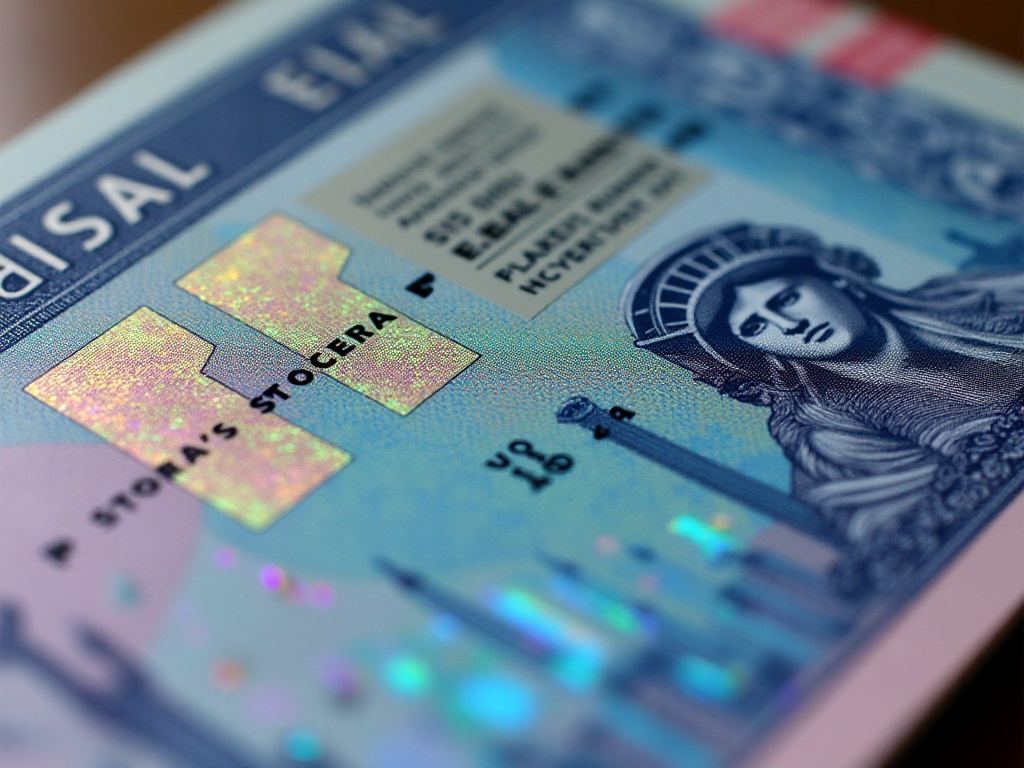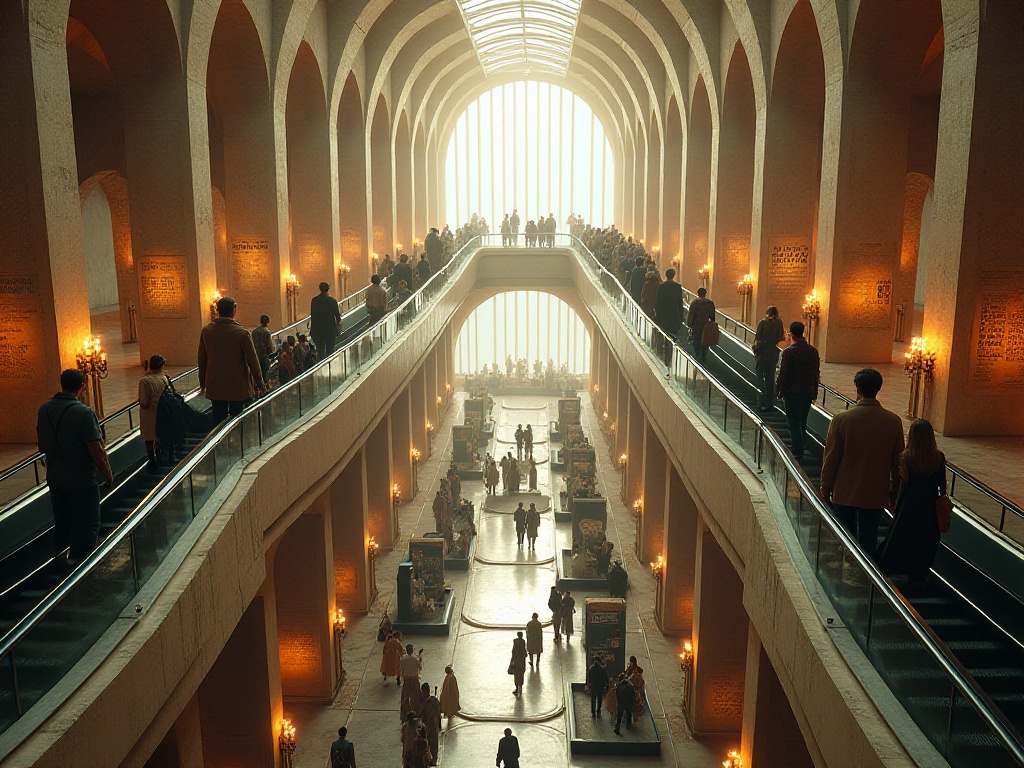As a travel blogger who has been around the world, I deeply understand the concerns many people have about U.S. visa applications. Every time I check the comments, I see them flooded with visa questions, and I can feel everyone's anxiety and uneasiness. To be honest, when I first applied for a U.S. visa, I was completely confused, getting dizzy from searching information online - that feeling was all too real.
I remember staying up several nights preparing materials, reading so many guides that my eyes nearly went blind. Looking back now, many of those worries were unnecessary. So today, let me share my U.S. visa experience in the most down-to-earth way, hoping to help you avoid some detours.
Let's first talk about what a visa is. A visa is like a pass, just like how you need an ID card to use an internet café. Without a visa, you can't even enter the United States. The U.S. has many types of visas, like F1 student visa, H1B work visa, etc., but today we'll mainly discuss the most common B1/B2 visa.
B1/B2 visa is actually a combination visa. B1 is for business, suitable for those going to the U.S. for business negotiations or conferences; B2 is for tourism, just for traveling. Now the U.S. typically issues B1/B2 combination visas, giving you dual coverage for both business and tourism. The best part about this visa is its long validity - usually 10 years multiple entry, meaning you can go as many times as you want within 10 years.
The visa fee is currently 160 USD, approximately 1,100 RMB. This fee is non-refundable, so make sure you're certain before applying. There are also additional interview and mailing fees.
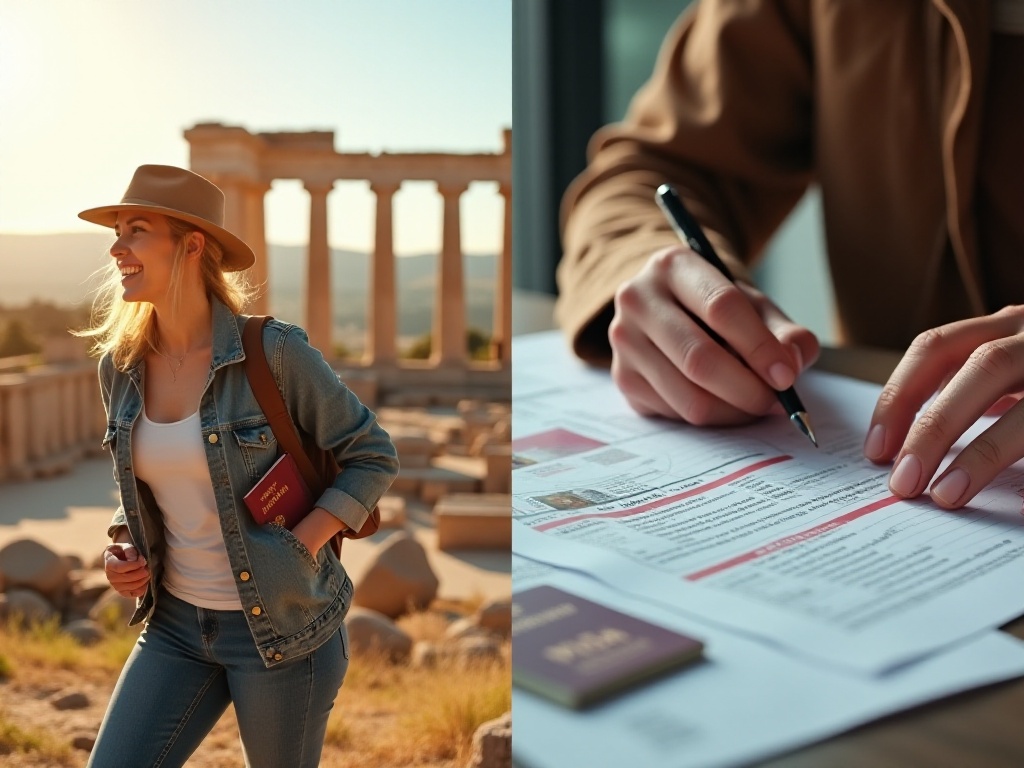
Preparing for the application is a major undertaking. It's recommended to start preparing 3-6 months in advance, as just scheduling the interview can be quite challenging. Currently, all consulates are extremely busy, with places like Beijing and Shanghai having waiting times of 4-5 months. So don't wait until you urgently need it to start preparing.
First, let's talk about passports. The passport must be valid for at least 6 months - this is an iron rule. If your passport is expiring soon, it's better to renew it before applying for the visa. Also, make sure you have enough blank pages in your passport, at least two blank pages, otherwise the visa officer won't have space to place the visa sticker.
Then there's the DS-160 form, which is a huge project. The form has over 160 questions, covering everything from your basic information to family background and travel plans. I suggest finding a nice weekend, making a cup of coffee, and filling it out slowly. Pay special attention to several points when filling out the form:
First, all information must be truthful - don't try to be clever. Visa officers are experienced and can spot lies immediately. Plus, all systems are connected now, and your information can be verified.
Second, prepare your travel records for the past 5 years. This includes which countries you've visited, when, and how long you stayed. If you've visited many countries, it's better to organize this information in advance.
Third, work information must be accurate. This includes your position, job duties, company address, etc. The visa officer may verify all this information.
Fourth, social media information needs to be filled out - this is a new requirement. This includes accounts you've used on Facebook, Twitter, Weibo, etc. However, if you haven't used a platform, just select NO.
Material preparation is also crucial. Although you don't need to submit materials during the visa interview, it's important to have everything ready. I recommend preparing the following:
Passport and ID card are obvious. Get an employment certificate from your company, preferably in both Chinese and English. Bank statements should cover the last 6 months, showing you can afford this trip. If you're self-employed, prepare some income proof like order records or contracts.
Property deeds and car ownership certificates can be brought if you have them, but don't worry if you don't. Social security records and tax certificates can also be prepared to prove you have stable work and life in China.
Make a detailed itinerary plan. Include when you plan to go, how long you'll stay, where you'll visit, and where you'll stay. Better print out flight and hotel booking confirmations. If you're visiting relatives or friends, prepare invitation letters and their identification documents.
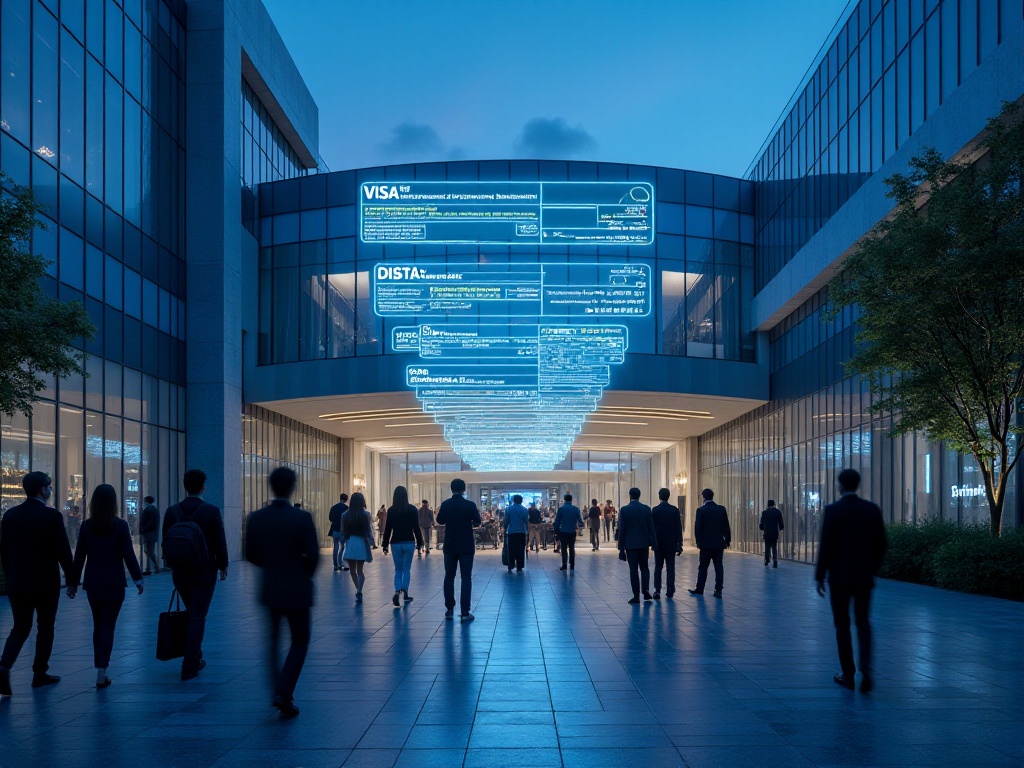
The interview is the most challenging part, but it's not as scary as you might think. On my interview day, I dressed formally in a suit. But when I arrived, I saw everyone dressed quite casually. So regarding attire, just be neat and proper, no need to be overly formal.
Before entering the consulate, note that electronic devices like phones, computers, and USB drives are not allowed. I suggest just bringing your passport, DS-160 confirmation page, and appointment confirmation letter, with other materials in a folder to take out when needed.
While waiting in line, you can observe other people's interviews, but don't get too nervous. I got more anxious after seeing someone get rejected, but later realized everyone's situation is different.
The visa officer's questions are basic, but answer them concisely. Common questions include: - Why are you going to the U.S.? - How long will you stay? - Where will you go? - Where will you stay? - What's your job? - What's your monthly income? - Have you been to the U.S. before? - Do you have relatives or friends in the U.S.?
When answering questions, note several points: First, answer in English; if you really can't express yourself clearly, you can use Chinese but ask first "Can I speak Chinese?" Second, keep answers brief, don't include irrelevant information. Third, be sincere, don't recite prepared answers as that seems artificial.
My visa officer was quite interesting, asking where in the U.S. I most wanted to visit. I said the Grand Canyon because I've been attracted to its scenery since childhood. Unexpectedly, the officer was also a traveler and shared their hiking experience there, which immediately lightened the atmosphere.
Interview results are usually known immediately. If approved, the officer will say "Your visa is approved" and keep your passport. If rejected, you'll get a yellow slip stating the reason. Don't be discouraged though - rejection doesn't mean you can never visit the U.S. Adjust your approach and try again.
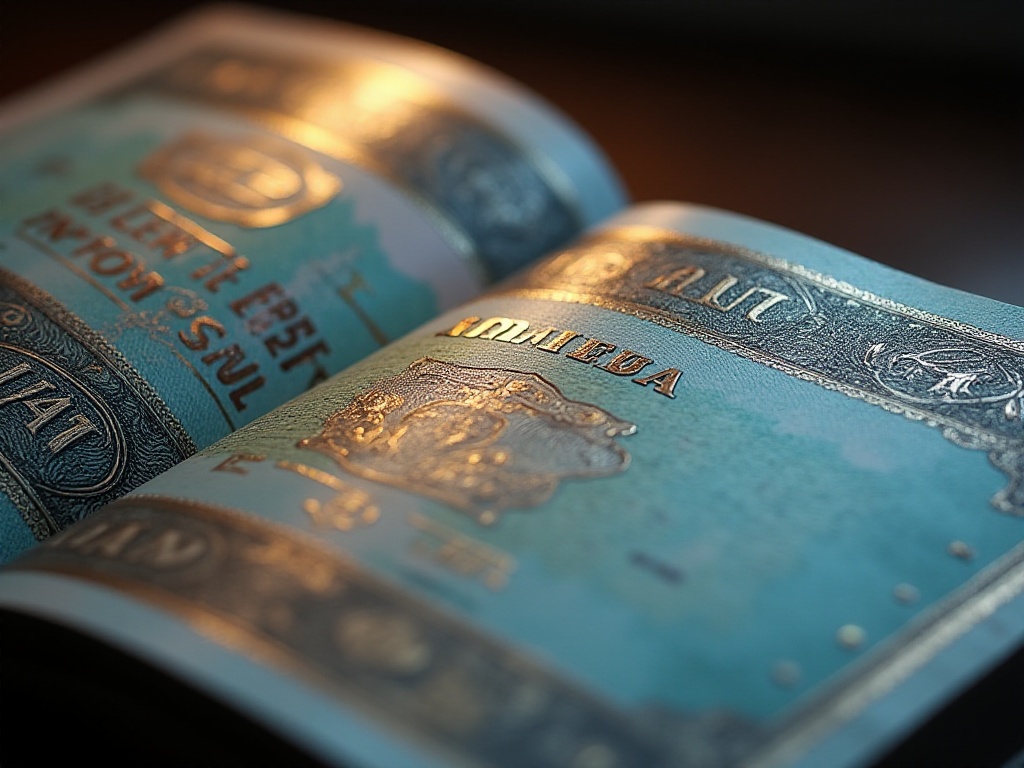
I've met too many people with misconceptions about U.S. visas. The most common is thinking more bank savings is better, with some people transferring millions to their accounts. This is completely unnecessary - visa officers aren't foolish, they can easily spot suddenly deposited money. Your savings just need to cover this trip's expenses plus some daily costs.
Some think you must own a house and car to get approved. This is a huge misconception. I know a young woman who'd only worked for two years, rented an apartment, had no car, but explained her situation clearly: stable job, fixed income, parents in China, and a detailed travel plan. She got approved on her first try.
Visa officers care about two main points: whether your travel purpose is genuine, and whether you intend to return on time. If you can explain these clearly, everything else is secondary.
Some think using an agency increases approval chances. I disagree. First, agency fees are expensive, often thousands or tens of thousands. Second, agencies can't interview for you - the most crucial part is still up to you. Better spend that money on preparing materials and practicing English.
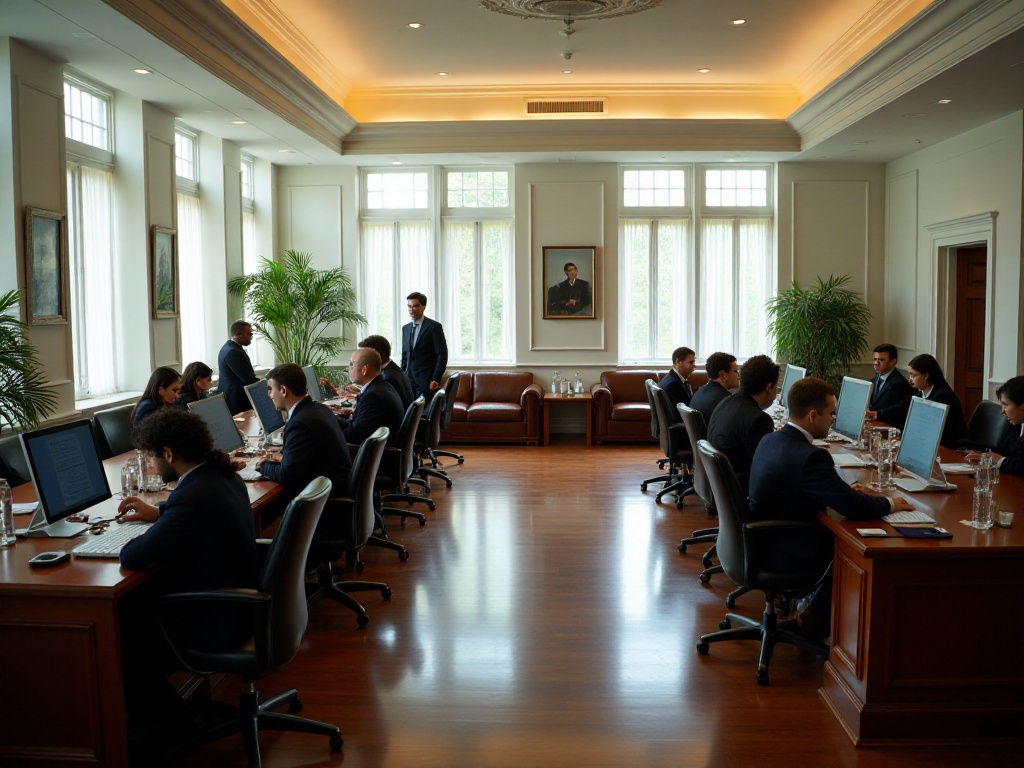
Getting the visa is just the first step; there's much to note about entering the country. U.S. customs are very strict.
Fill out the entry card truthfully before arrival. Declare cash over $10,000, or you'll face trouble if caught. Better not bring food and agricultural products, especially raw fruits, meat, dairy products - these are prohibited.
Be friendly at customs and answer all questions. If sent for secondary inspection, don't panic, just cooperate. A friend was detained for several hours for carrying Chinese medicine - they were eventually let through but quite frightened.
After entry, check the stay duration on your I-94 form. Don't assume the 10-year visa means unlimited stays - customs sets a specific duration each entry, usually 6 months. Leave within this period or it will affect future entries.
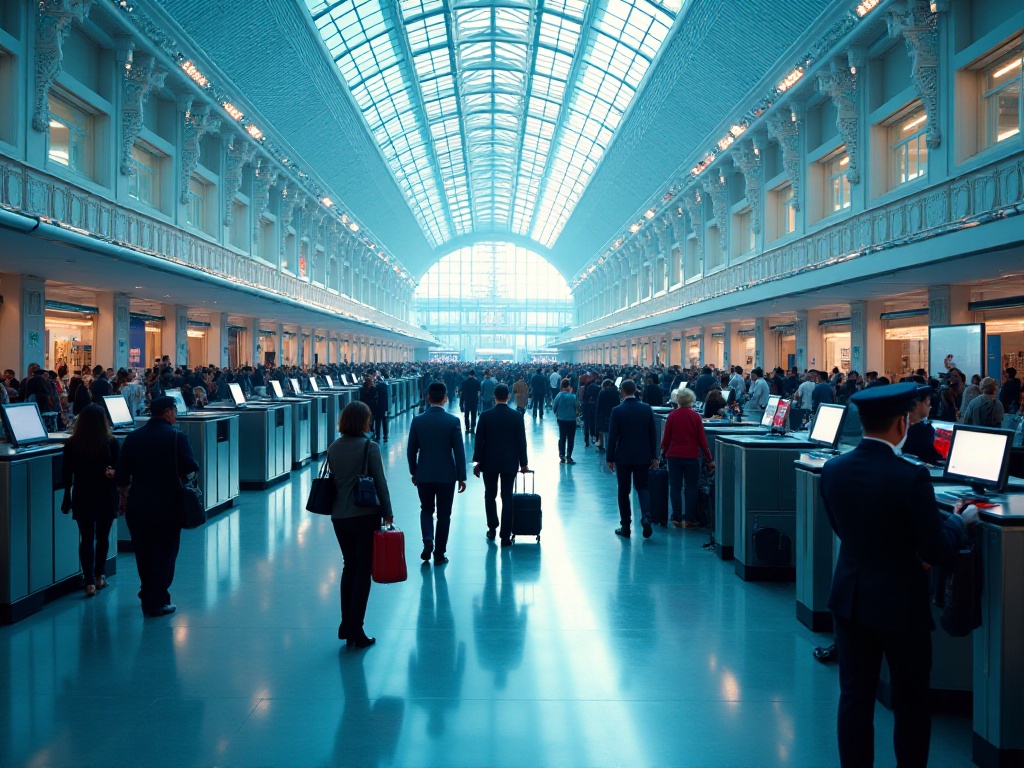
U.S. visa applications are indeed technical, but not too difficult with proper preparation. Most important is honesty, whether filling forms or interviewing. Rather than worry constantly, focus on preparation. Plan your trip well, prepare materials carefully, stay calm, and you'll likely get your visa.
Remember, a visa is just a pass - what's important is your upcoming U.S. journey. When you stand beneath the Statue of Liberty, walk through Times Square, or gaze at the Grand Canyon, you'll find all the waiting and preparation worthwhile.
Hope this guide helps you avoid some detours in your visa application. If you have any questions, welcome to discuss in the comments. Don't forget to share this article with others preparing for visas - let's start our American dream journey together!
 Previous
Previous

